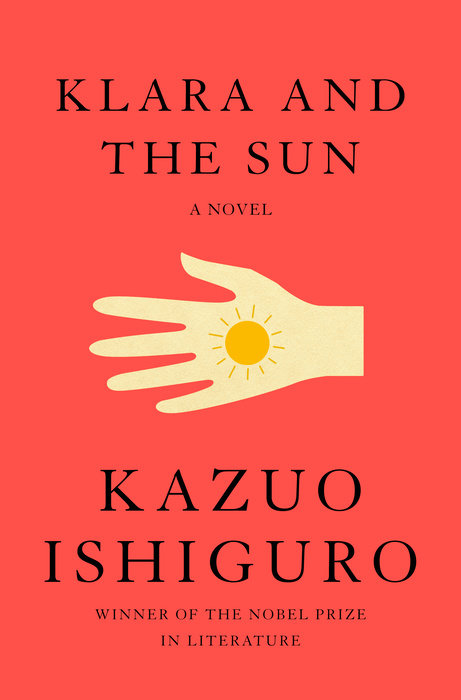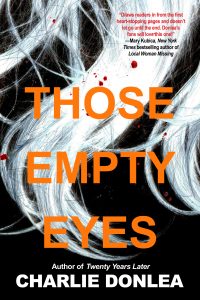
Kazuo Ishiguro’s Klara and the Sun arrives with towering expectations. Coming from the Nobel Prize-winning author of The Remains of the Day and Never Let Me Go, many readers anticipated another masterclass in subtle storytelling, a haunting exploration of humanity, and an unforgettable narrator. What we got, however, is a novel that has sharply divided audiences.
At its heart, the book follows Klara, an Artificial Friend designed to be a companion for children. From her place in a store window, she observes the world outside with acute curiosity while waiting for someone to choose her. Eventually, she becomes the companion of Josie, a fragile young girl, and devotes herself to her with childlike loyalty and a deep reverence for the Sun, which Klara believes to be a source of healing and salvation.
Strengths of the Novel
Ishiguro has always excelled at narrators who are both limited and poignant. Klara’s voice, full of innocence and robotic detachment, provides an interesting lens through which to observe human relationships. Her journey from hopeful store display to discarded companion quietly raises uncomfortable questions: What does it mean to love, and can devotion be genuine if it comes from artificial design?
Some readers found Klara’s unwavering optimism and naïve interpretations of the world to be moving. There is undeniable tenderness in how she views Josie’s life, and the final passages, where Klara reflects on her place in the world, can be quietly heartbreaking.
Where It Falls Short
For others, though, Klara’s voice becomes more of a limitation than a strength. The narrative often feels flat, and her observations lack the depth needed to sustain the novel’s weighty themes. Many of the most intriguing aspects of Ishiguro’s dystopian world remain vague: the divide between “lifted” and “unlifted” children, the politics of privilege, the eerie role of technology in family dynamics. Instead of mystery, this vagueness often feels like unfinished worldbuilding.
Critics have also pointed out that the plot treads familiar ground. The themes of artificial intelligence, devotion, and substitution are staples of science fiction, and Klara and the Sun does not expand them in particularly fresh ways. Compared to the layered subtlety of Never Let Me Go, this novel feels simplified, almost as if aimed at a younger audience.
The Divided Reception
Reactions to this book tend to fall into two extremes. Some celebrate its gentle, melancholy exploration of love and faith. Others, like readers who expected another Remains of the Day, found it frustratingly dull and emotionally flat. A few, like me, land in the middle. I appreciated Klara’s innocence and her unshakable loyalty, yet I often felt that the narrative never delivered on its promise. The emotional power I associate with Ishiguro was present only in fleeting moments.
Final Thoughts
Klara and the Sun is not a failure, but it is not Ishiguro at his best either. It is a contemplative book that asks important questions but does not fully answer them. If you are new to Ishiguro, I would recommend starting with The Remains of the Day or Never Let Me Go. If you are already a fan, this novel may still be worth reading, though it is likely to leave you divided.
If you would like to experience Klara and the Sun for yourself and see where you stand in this debate, you can find it here: Buy on Amazon.


